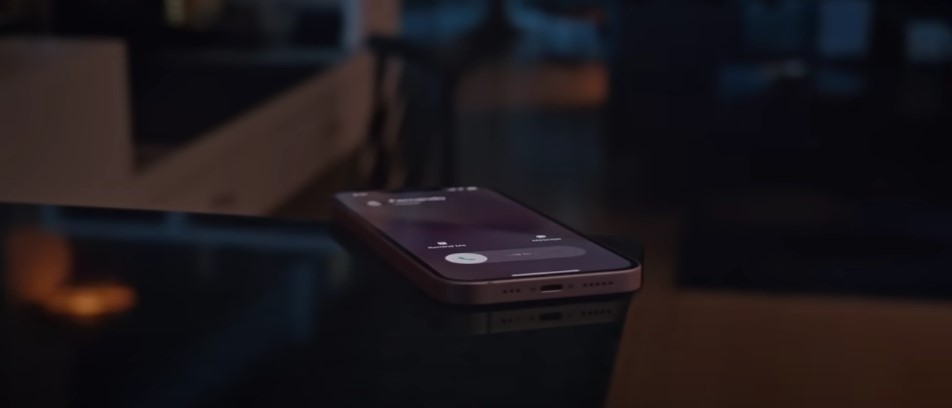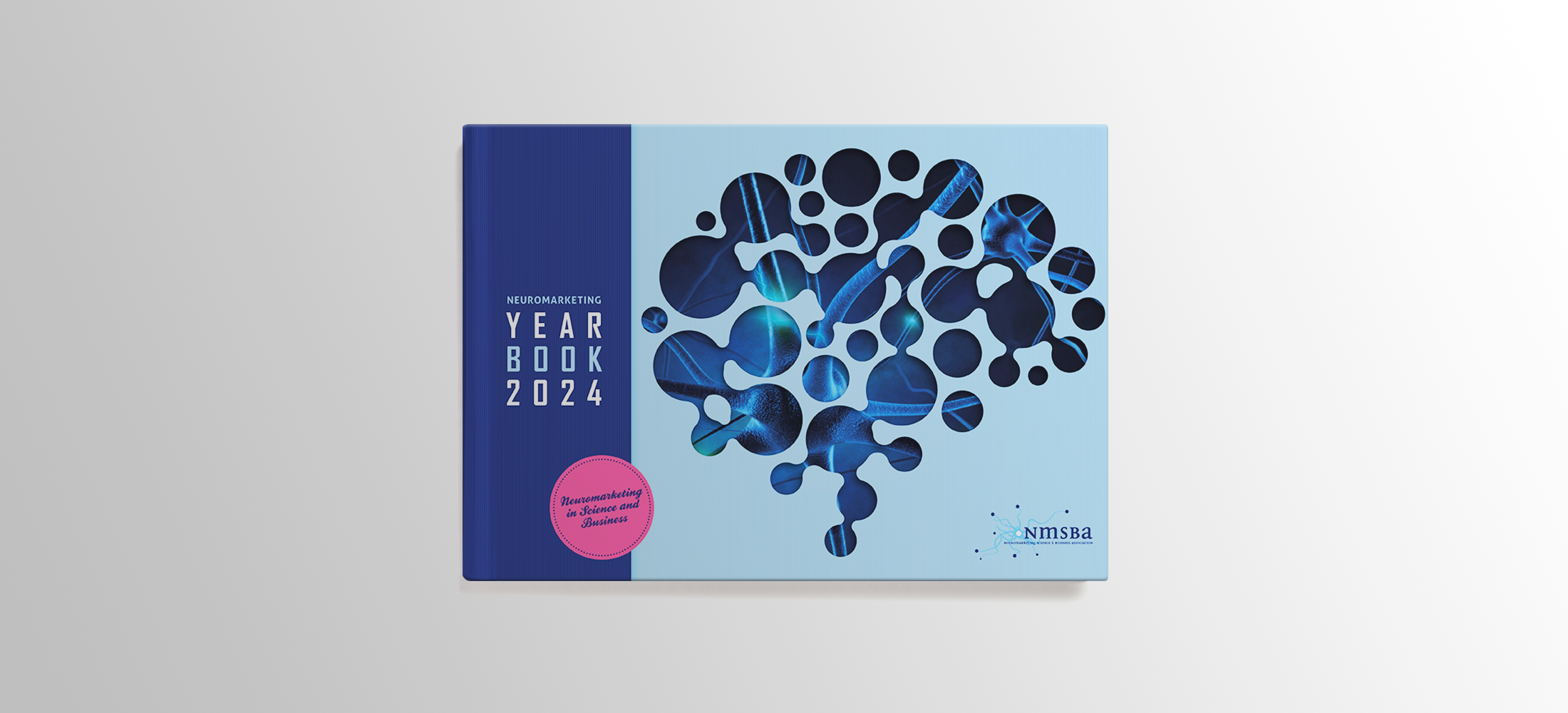“Don’t freak if you fumble,” Apple says. “Relax, it’s iPhone.” If you were to drop your phone while walking down the street, would you believe them? Apple has chosen to address its fragility in its latest advertising, and we’ve tested it using our patented SST technology.
Among the participants, 75% have shattered their phone screens before and 85% do not believe Apple’s claim of being unbreakable, making this a seemingly sensible choice for Apple to address in its advertising. However, is it the most pressing issue? Recently, society has been calling on Apple to fix its messaging, which gives an unfair advantage to Apple users through iMessaging. If you don’t have an iPhone, you miss out on group chats, receive blurry photos, and miss precious facetime moments. It seems to us that this unbreakable message is to distract from that monopoly on text messaging, by addressing another issue with its products – durability.
When it comes to durability in iPhone products, we know every Apple user has experienced the terror of watching their iPhone fall to the ground, and in those few moments that feel like all eternity, praying to the gods that they don’t hear the dreaded shatter. But over the years, and between the many drops, has the anxiety and fear of the situation become… commonplace?
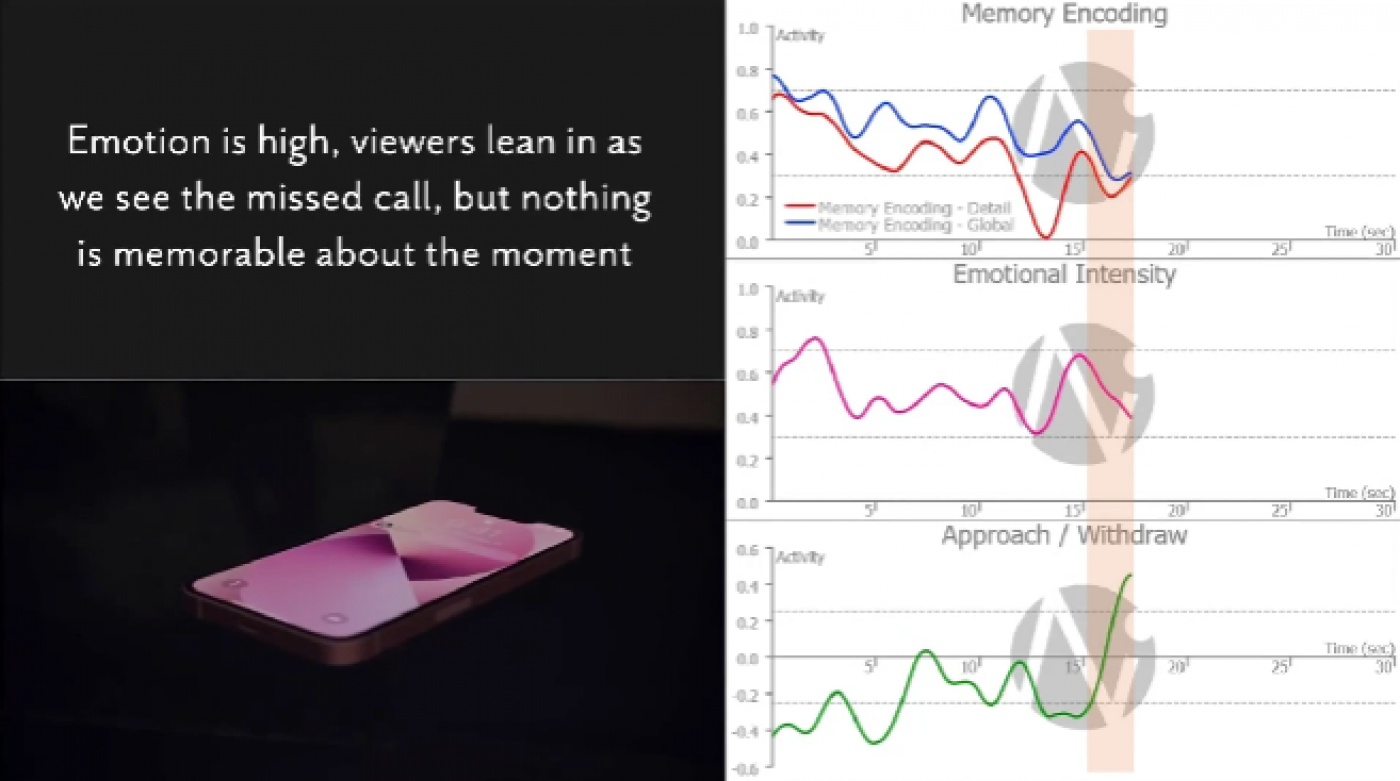
As you can see and as Apple possibly intended, emotional intensity is high, and viewers are leaning in as the phone vibrates across the table. However, it isn’t because they are afraid of the drop; it’s because they are afraid to miss the call. So yes, viewers are relaxed, not because they trust the brand…but because the dreaded drop has become a fact of life.
About 50 seconds into the ad, the phone finally falls, and we hear it hit the floor. However, there is no visual here, so it is unclear whether the phone survived the fall. Since this is an ad for Apple, we can assume that the phone did not shatter, implying that the phone is unbreakable. But is simply implying that the phone didn’t break enough? Considering that 85% of viewers don’t believe Apple’s claims of durability, we feel that a lot more would need to be shown to prove the iPhone’s indestructibility. The ad simply just isn’t convincing enough to change the perception of the brand and product. Sure, if you do the research, you’ll be able to find that the iPhone 13 is made with a ceramic shield, which is tougher than the smartphone glass, but this ad doesn’t showcase that.
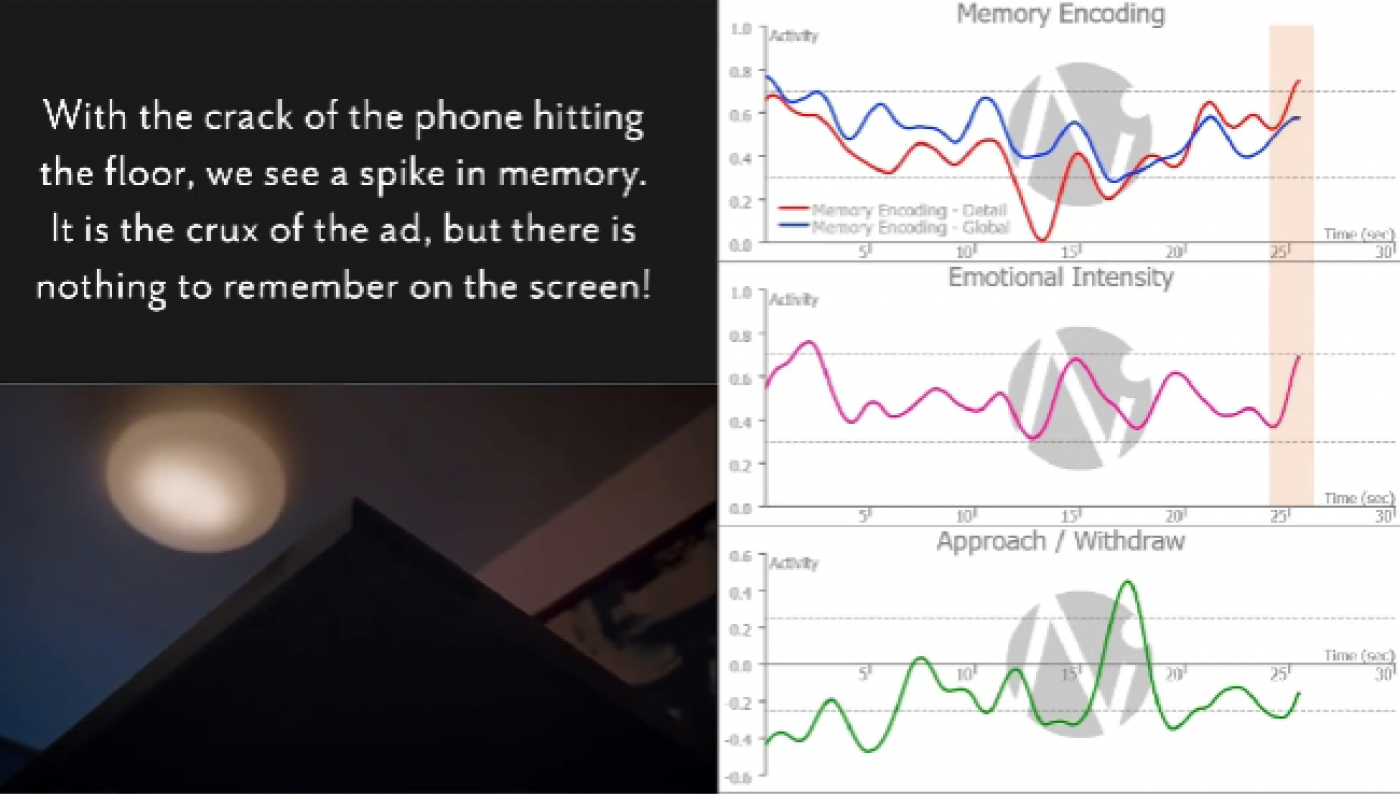
As the iPhone falls, we see a spike in memory. It is the pinnacle moment of the ad; all the build-up has led up to this moment. However, there’s nothing on the screen for viewers to remember!
The phone falling is an event boundary. When a viewer encounters an event boundary on screen, there is a momentary drop in memory encoding as the brain takes a “time-out” to process the information it has just received. During this time, the brain is unreceptive to new information.
In this case, as shown below, all the branding comes after the event boundary, and everything is on the decline, which means that end branding is not encoded into long-term memory.
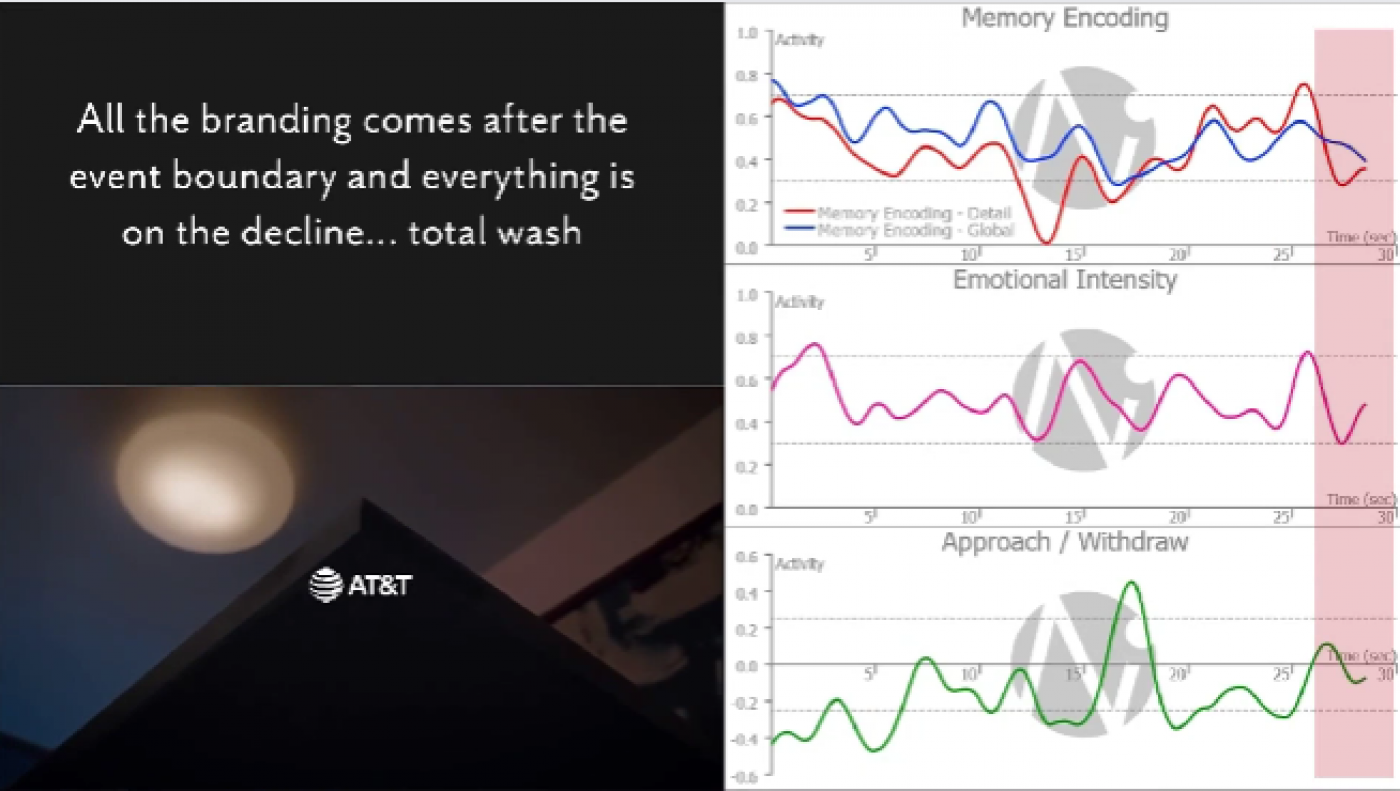
Overall, the suspense of the ad created some interest, but it wasn’t the amount of interest Apple had probably hoped to create. The climax of the ad (phone falling) was anti-climactic. Resolution is key, especially when viewers are already skeptical of your claims. Both branding moments in this ad are missed, meaning that people might remember this ad, but they won’t remember it was for iPhone. Even if you are a reliable brand, you can’t rely on people to put your implied messaging together. Did the iPhone shatter? Is it completely intact? Does the viewer even care? All signs point to no.

